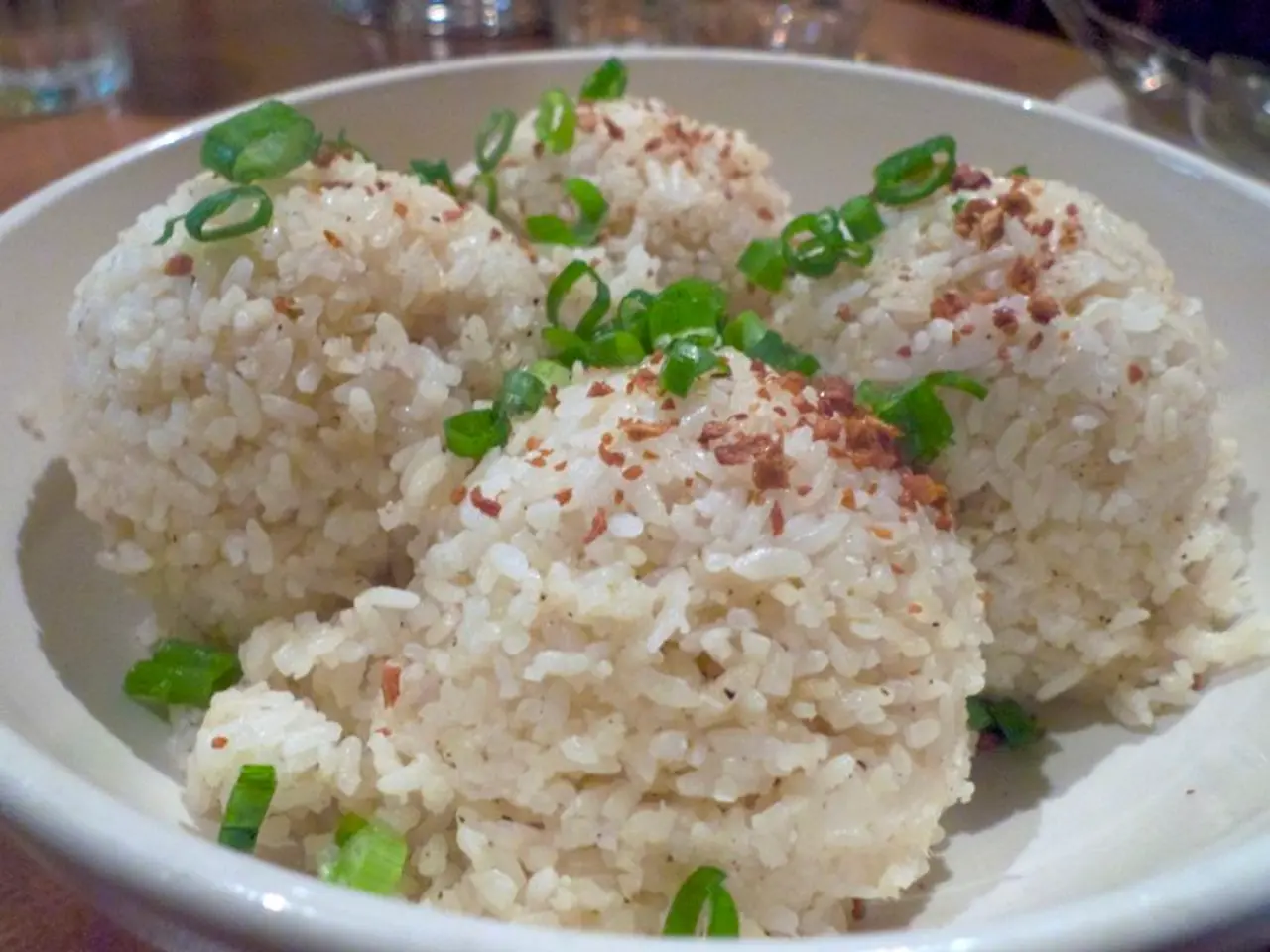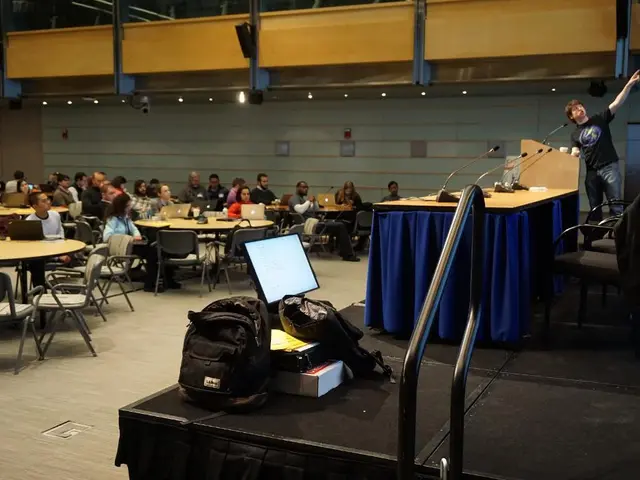Rice may exhibit greater resilience in adapting to a warming environment compared to other fundamental food sources.
In our rapidly warming world, where agriculture is facing significant challenges, it appears that one crop might have a competitive edge – rice. A recent study published in Nature sheds light on the future production of six staple crops, including wheat, soybeans, and sorghum. The findings reveal that rice alone could witness the least global yield reduction as climate change continues to rearrange the global food system. This optimistic outlook also suggests that farmers can implement practical measures to mitigate some of the anticipated losses.
Andy Hultgren, the lead author of the study and an assistant professor at the University of Illinois Urbana-Champaign, explained, "Rice is more adaptable, so it's more protected. It's a mix of the crop's inherent qualities and the actions that farmers can take to maximize its potential."
Extreme heat can be particularly harsh on crop yields, especially during daytime. However, as temperatures rise, nights might become warmer too. While this could negatively affect crops like corn, it could also foster conditions that some rice varieties thrive in, especially in the wet climates of South and Southeast Asia. Notably, some studies also suggest that warmer nights may decrease rice yields, but like anything, it depends on the rice varietal and local conditions, according to Hultgren.
"Under very wet conditions, higher minimum temperatures can be beneficial, especially if farmers are located in higher-income regions of the global income distribution," he said.
In a bid to be resilient to climate change, rice farmers can consider several strategies.[1]
- Plant climate-resilient rice varieties: Opt for rice varieties that have been bred to withstand extreme weather conditions such as drought, floods, and high temperatures. The International Rice Research Institute (IRRI) works diligently on developing such varieties, leveraging the genetic diversity from their Rice Genebank.[1]
- Use Alternate Wetting and Drying (AWD): This water-saving irrigation technique minimizes water consumption and methane emissions, significant contributors to greenhouse gas emissions. Employing AWD involves periodically draining rice fields, reducing the amount of standing water and, consequently, methane production.[4][5]
- Avoid burning rice straw: Instead of burning rice straw, consider practices like mulching or incorporating it into the soil as organic matter. This approach minimizes air pollution and maintains soil health.[1]
- Implement sustainable farming practices: Techniques like crop rotation, organic fertilizers, and soil health maintenance improve resilience to climate stressors. The Sustainable Rice Platform (SRP) advocates these practices, boosting resource-use efficiency and enhancing climate resilience.[3]
- Deploy advanced technologies: Leveraging precision agriculture tools like drones, satellite imaging, and precision irrigation systems enables farmers to manage water and nutrient inputs more effectively, thus reducing waste and environmental impact.[4]
- Participate in policy and capacity-building initiatives: By joining training programs and policy discussions, farmers can be equipped with the skills and support needed to adapt to climate change. Efforts like the AGRI Project from IRRI and Japan aim to build farmers' capacity to measure and reduce greenhouse gas emissions.[4]
In addition to these strategies, consider soil conservation, Integrated Pest Management (IPM), and climate-smart agriculture to enhance overall agricultural productivity and resilience.[2]
By adopting these measures, rice farmers can not only weather the storm of climate change but also contribute to sustainable agriculture practices worldwide.
- The recent study conducted by Andy Hultgren and his team at the University of Illinois Urbana-Champaign reveals that rice, which exhibits increased adaptability to climate change, may have the least global yield reduction among the six staple crops.
- As climate change continues to impact the global food system, science and environmental-science offer practical solutions for rice farmers to mitigate anticipated losses, such as planting climate-resilient rice varieties, using Alternate Wetting and Drying (AWD) irrigation, avoiding burning rice straw, implementing sustainable farming practices, deploying advanced technologies, and participating in policy and capacity-building initiatives.
- Despite warmer temperatures potentially benefiting certain rice varieties, health-and-wellness and nutrition can be improved by adopting these strategies, as they aim to strengthen soil health, reduce greenhouse gas emissions, and enhance overall resilience to climate change.
- By incorporating climate-change adaptation measures into their farming practices, rice farmers can contribute positively to the environment, simultaneously improving their lifestyle, food-and-drink choices, and the future of sustainable agriculture.








